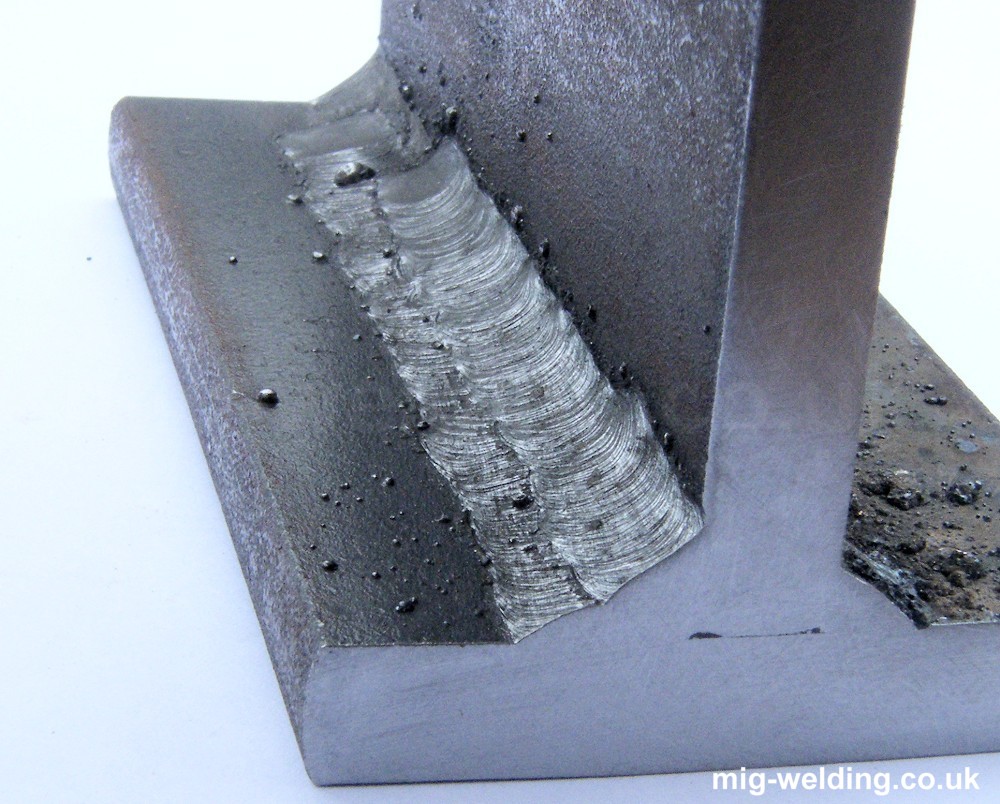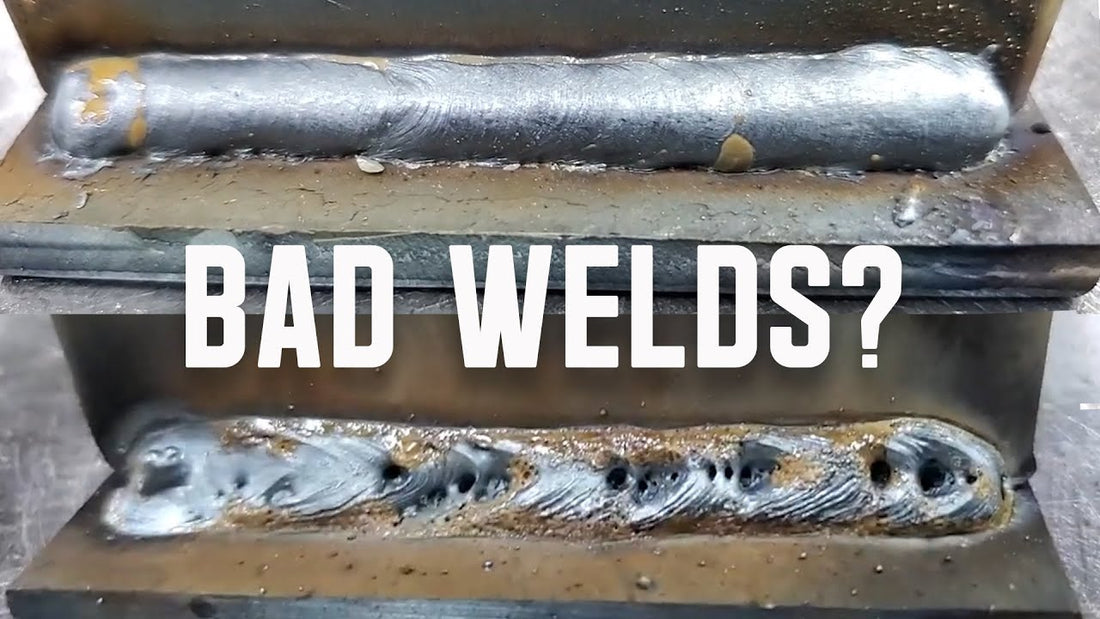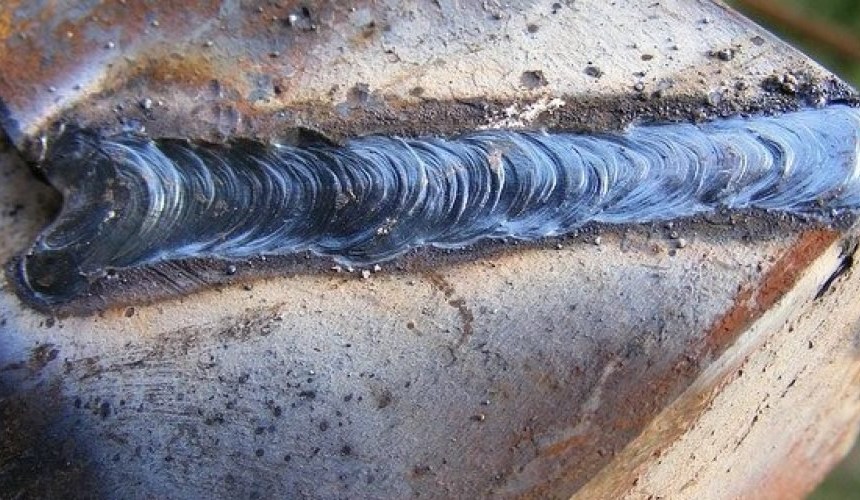Preventing Weld Undercut Demystified: Strategies for Success
Preventing Weld Undercut Demystified: Strategies for Success
Blog Article
Crucial Tips for Welders: Stopping Undercut Welding and Ensuring Stronger Weld Joints
In the world of welding, accomplishing strong and sturdy weld joints is the keystone of producing high-quality job. One typical difficulty that welders commonly run into is undercut welding, which can endanger the integrity of the weld joint. By recognizing the elements that add to damaging and carrying out the right methods and preventative measures, welders can properly stop this issue and make certain the long life and toughness of their welds. Allow's explore some necessary pointers that can aid welders browse this obstacle and elevate the high quality of their welding jobs.

Recognizing Undercut Welding
Undercut welding is an usual welding defect that takes place when the weld metal stops working to properly fill up the groove and results in a groove-like depression along the weld grain. This defect damages the weld joint, making it susceptible to breaking and failing under anxiety. Damaging can be triggered by various aspects, including too much welding present, high welding speed, improper electrode angle, inaccurate electrode dimension, and inadequate welding method.
One of the major factors for undercut welding is a discrepancy between the welding existing and the welding rate. If the welding current is too high or the welding speed is too fast, the weld metal might not properly load the groove, causing damaging. Furthermore, making use of an electrode that is also big can result in a similar end result, as the excess metal can not effectively flow right into the groove.
To avoid undercut welding, welders must ensure they are making use of the proper welding criteria, keep an ideal electrode angle, select the proper electrode dimension, and method appropriate welding techniques. By resolving these aspects, welders can reduce the danger of undercutting and produce stronger, extra reputable weld joints.
Appropriate Welding Method
Efficient welding method plays a critical duty in ensuring the quality and integrity of weld joints. Correct welding technique includes a mix of accuracy, skill, and adherence to finest practices. One essential aspect of appropriate welding method is preserving the proper angle and range in between the welding gun and the workpiece. Welders need to also pay very close attention to the traveling speed and warm input to protect against issues like undercutting, porosity, or insufficient fusion.
Additionally, a steady and constant hand activity is vital for developing strong and sturdy weld joints. Welders ought to aim for smooth, consistent motions to make certain also circulation of the weld product. Correct manipulation of the welding weapon and filler product is also key to attaining ideal penetration and blend.
Furthermore, controlling the warm input and choosing the proper welding specifications based on the product being welded are important consider accomplishing top notch welds - Preventing weld undercut. Welders should comply with the advised settings provided by welding procedure specifications and readjust them as needed based on the details requirements of the project. By grasping appropriate welding methods, welders can significantly improve the toughness and dependability of their weld joints
Picking the Right Electrode
Keeping the proper angle and range in between the welding weapon and the work surface is fundamental when thinking about the importance of selecting the right electrode in welding applications. The option of electrode plays a vital role in identifying the high quality and stamina of the weld joint. Electrodes come in numerous types, each created for details objectives and materials.
First of all, selecting the proper electrode diameter is vital. Thinner electrodes appropriate for welding thin products, while thicker electrodes are better for thicker materials and higher warm applications. Matching the electrode diameter to the thickness of the work surface assists achieve a balanced weld.
Second of all, recognizing the material make-up of the electrode is important. Different electrodes are developed for welding details products like steel, stainless steel, light weight aluminum, or cast iron. Using the appropriate electrode product makes certain good blend and lessens the danger of defects in the weld.
Last but not least, considering the welding setting and method is important when picking the electrode kind. Specific electrodes are much better suited for overhead or upright welding settings, while others function well for level or horizontal positions. Selecting the best electrode based upon the welding strategy boosts the overall find out weld top quality and honesty.
Preparing the Base Steel
To guarantee a successful welding process, what initial steps should be taken when preparing the base steel for welding? In addition, any existing weld material or residue from previous welding should be removed to make sure a clean surface area for the new weld.

Performing Post-Weld Examinations

After website link performing these evaluations, welders should contrast the outcomes versus market criteria and task requirements to guarantee that the weld joint meets all required criteria. Any variances or insufficiencies discovered during the post-weld evaluation ought to be promptly attended to with ideal corrective actions to ensure the weld's integrity. By diligently carrying out post-weld assessments and without delay addressing any type of issues, welders can promote the quality and reliability of their work, inevitably contributing to the security and durability of the bonded structures.
Verdict

To conclude, protecting against undercut welding and guaranteeing stronger weld joints require a mix of correct welding strategy, picking the ideal electrode, preparing the base metal properly, and carrying out post-weld examinations. By recognizing the sources of undercut welding and executing the essential precautions, welders can generate high-grade weld joints that fulfill industry standards and guarantee the architectural stability of the bonded elements.
Undercut welding is a article common welding flaw that takes place when the weld metal falls short to appropriately load the groove and results in a groove-like clinical depression along the weld bead (Preventing weld undercut). Damaging can be created by various elements, consisting of too much welding current, high welding rate, incorrect electrode angle, wrong electrode size, and bad welding technique
One of the main factors for undercut welding is a discrepancy between the welding existing and the welding rate. If the welding current is also high or the welding rate is as well quick, the weld steel may not appropriately fill up the groove, leading to undercutting.Keeping the proper angle and range between the welding weapon and the workpiece is fundamental when considering the value of choosing the ideal electrode in welding applications.
Report this page